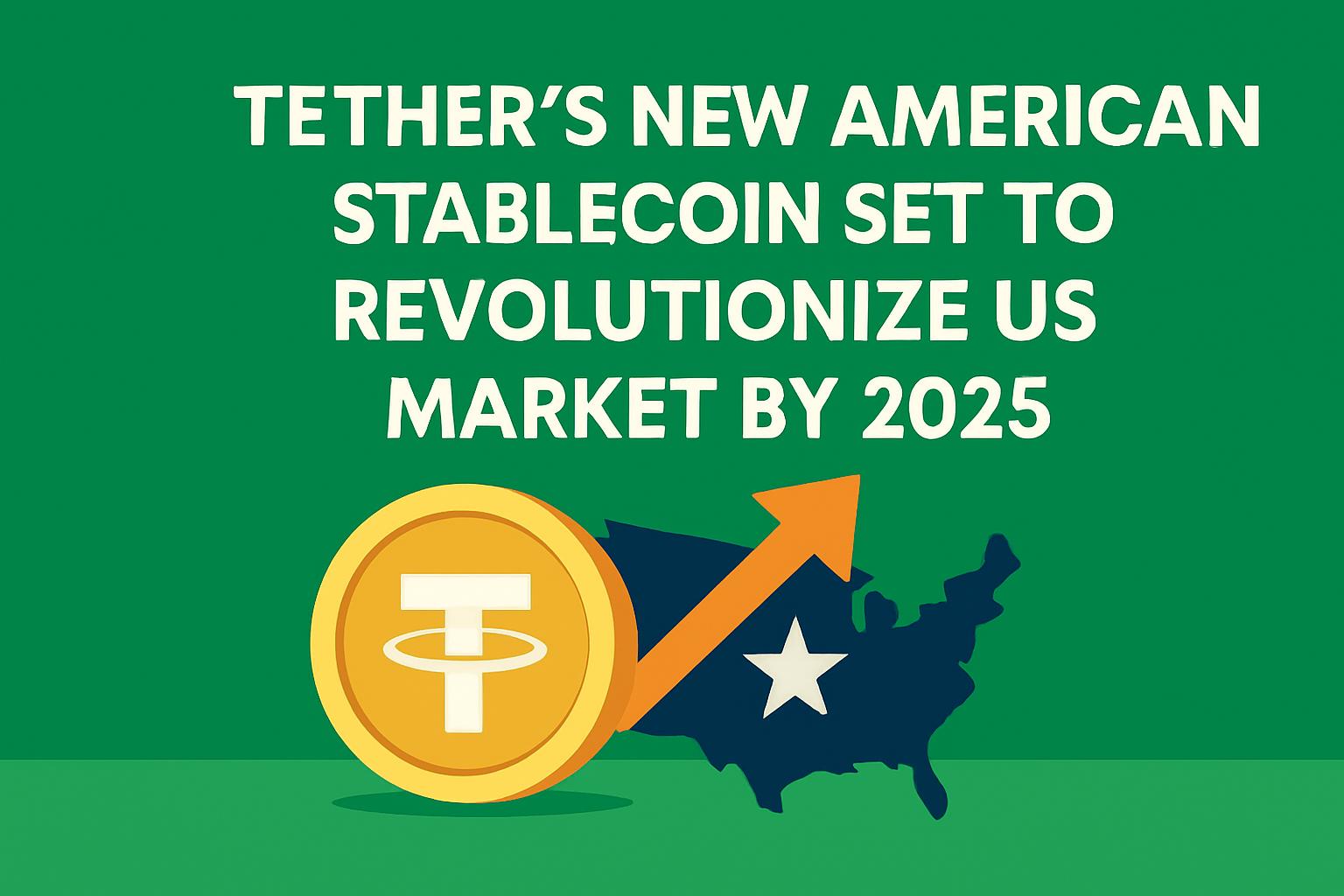The world of cryptocurrency is buzzing with Tether’s latest announcement: the launch of an entirely new stablecoin designed specifically for the US market by the end of 2025. Unlike its renowned predecessor, USDT, this new endeavor isn’t an upgrade but a fresh creation, meticulously crafted to meet the unique demands of the American financial ecosystem.
Breaking New Ground with American-Specific Design
Paolo Ardoino, Tether’s CEO, revealed that this new stablecoin will align with the likes of local payment apps such as Zelle and Cash App. This careful design ensures that the user experience resonates with American consumers, who are accustomed to the seamless and efficient digital payment solutions prevalent in the US today.
Empowered by the Genius Act
A pivotal factor in Tether’s shift toward the US is the recently passed Genius Act. This piece of legislation provides clear regulations for stablecoins, offering a legitimate pathway for Tether to enter the American market, a move Ardoino believes will capitalize on the newly structured financial landscape.
Tether’s Strategic Role in Global Finance
Ardoino also pointed out Tether’s significant influence in emerging markets, positioning USDT as an alternative to the dollar in regions where American influence is minimal, such as Africa and Latin America. With over $127 billion in US Treasury securities, Tether’s stature surpasses some nations, underscoring its quasi-governmental power within the global financial system.
Addressing the US Efficiency Gap
This new stablecoin’s introduction aims to tackle inefficiencies in the US financial system, such as banking hours and transfer delays. The current US financial infrastructure, although efficient by global standards, leaves little room for improvement within its existing framework. Hence, Tether is developing a product tailored to the specific needs of the American market.
Collaborations and Technological Edge
In anticipation of its launch, numerous financial institutions are clamoring to partner with Tether, attracted not only by its technological innovations but also its vast user base of 400 to 500 million. Tether’s strategic approach emphasizes user experience and distribution channels, crucial factors in selecting the dominant stablecoin amid anticipated competition.
Moreover, Tether’s proprietary blockchain, Stable, further enhances user experience by allowing direct payments of gas fees using USDT, eliminating the need for additional cryptocurrencies like ETH or TRX. This capability is drawing the attention of commodity traders eager to leverage improved transactional simplicity.
Ardoino concludes by expressing confidence in Tether’s strategy to expand into the US: fostering open collaborations, creating localized products, and utilizing its vast global network to solidify its presence in the American market.

![[News] Bitcoin at a Turning Point? 10x Research Signals a Bullish Macro Shift Ahead](https://cryptoexplores.com/wp-content/uploads/2025/06/new20250616.jpg)
![[News] Binance Lists $HOME, the Gas-Free, Bridge-Free All-in-One DeFi App](https://cryptoexplores.com/wp-content/uploads/2025/06/news20250617.jpg)